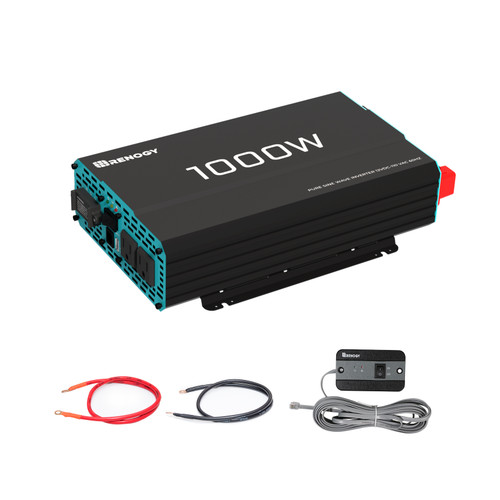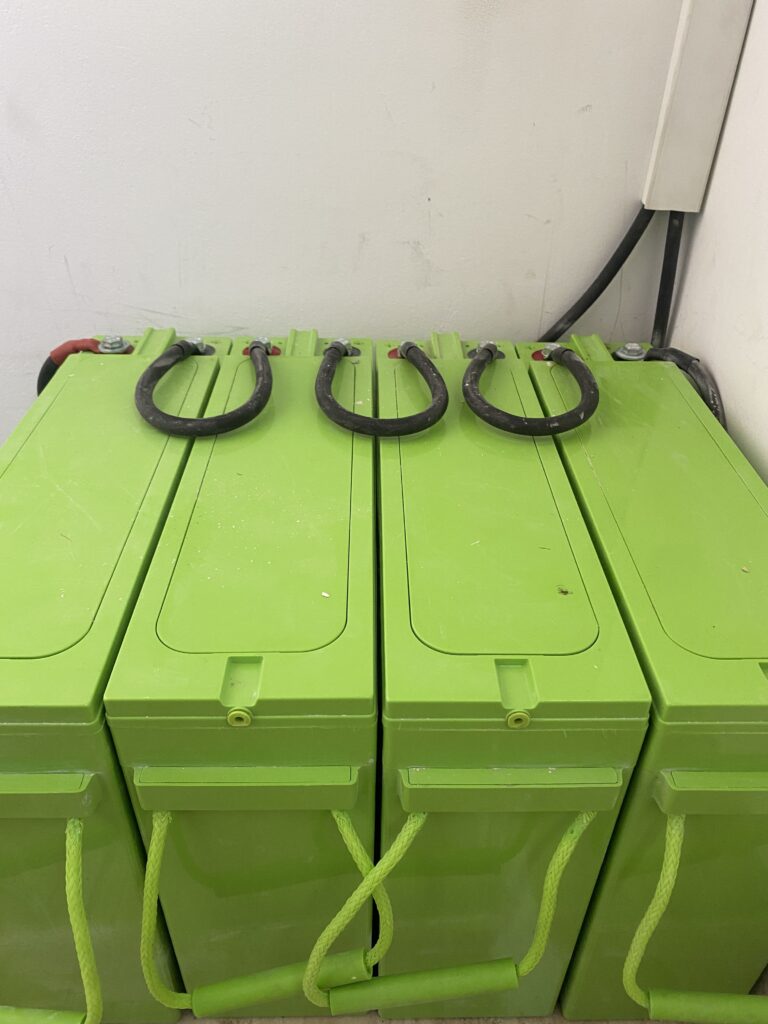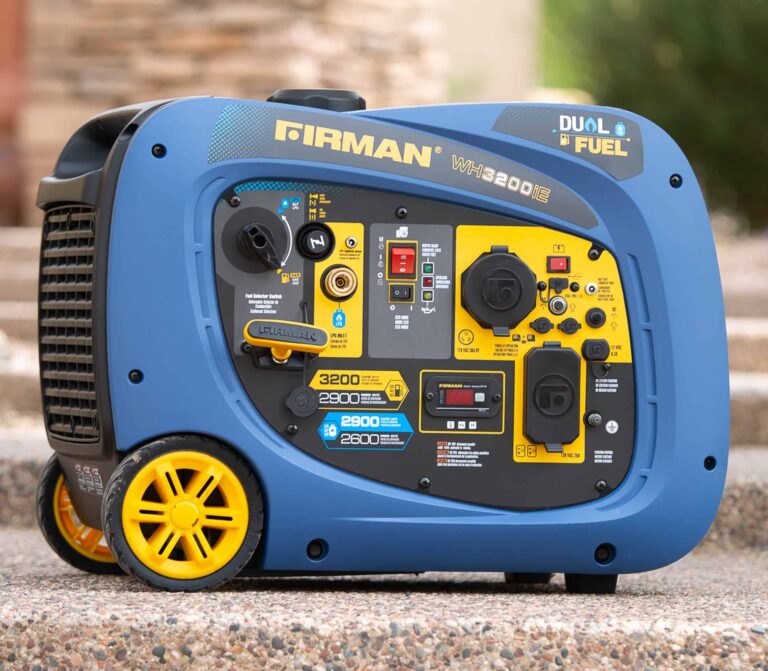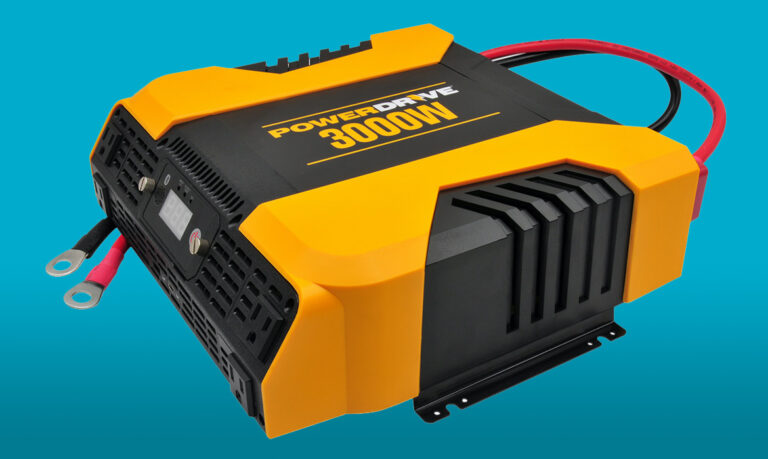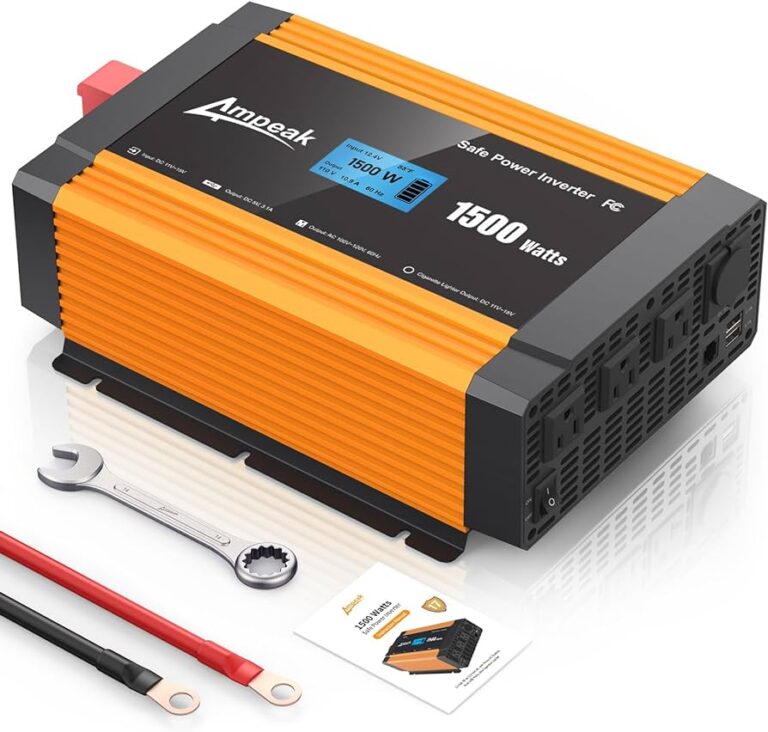How Long Do Solar Shingles Last: Answers Revealed!
Solar shingles typically last up to 20 years. With their average lifespan of 20 years, solar shingles provide a durable and long-lasting solution for homeowners looking to harness the power of solar energy.
Unlike traditional roofing materials, solar shingles are designed to generate electricity while protecting the roof from the elements. Although they may require higher installation costs and have a lower efficiency rating compared to solar panels, solar shingles offer a more seamless aesthetic integration into the roof.
Additionally, solar shingles help to extend the life of the roof by absorbing sunlight that would otherwise be absorbed by the shingles, thus reducing wear and tear. Considering their 20-year lifespan, solar shingles can be a worthwhile investment for homeowners seeking sustainable and cost-effective energy solutions.

Credit: restorbuilders.com
Understanding The Lifespan Of Solar Shingles
When it comes to investing in solar energy, one important factor to consider is the lifespan of solar shingles. Understanding how long solar shingles last can help you make an informed decision about whether they are the right choice for your home or business.
What Are Solar Shingles?
Solar shingles, also known as photovoltaic shingles, are roofing materials that double as solar panels. Unlike traditional solar panels, solar shingles are designed to seamlessly blend in with the rest of your roof, providing an aesthetically pleasing alternative to bulky panels.
How Do Solar Shingles Work?
Solar shingles work by converting sunlight into electricity using photovoltaic cells. These cells are integrated into the shingle design and capture solar energy during the day. The captured energy is then converted into usable electricity, which can be used to power your home or fed back into the grid.
Key Factors That Determine The Lifespan Of Solar Shingles
Several key factors contribute to the lifespan of solar shingles. It’s important to understand these factors to ensure you get the most out of your investment. Here are some of the main factors that can influence the longevity of solar shingles:
- Quality of materials: The quality of the materials used in the manufacturing of solar shingles plays a significant role in their lifespan. High-quality materials are more resistant to wear, tear, and environmental factors.
- Installation: Proper installation is crucial for the performance and longevity of solar shingles. Faulty installation can lead to issues such as water leakage and damage to the shingles.
- Maintenance: Regular maintenance and cleaning can help extend the lifespan of solar shingles. Keeping them free of debris and ensuring they are functioning optimally will ensure they continue to generate electricity efficiently.
- Climate: The climate of your location can impact the lifespan of solar shingles. Extreme weather conditions such as hail, heavy snowfall, and high winds can damage the shingles and shorten their lifespan.
- Manufacturer warranty: Checking the manufacturer’s warranty is essential as it can provide an indication of the expected lifespan of solar shingles. A longer warranty period generally signifies a higher quality product.
By considering these key factors and taking appropriate measures, you can maximize the lifespan of your solar shingles, ensuring they provide you with clean and renewable energy for many years to come.
Factors Affecting The Lifespan Of Solar Shingles
Solar shingles are a great investment for homeowners looking to harness solar energy while maintaining the aesthetic appeal of their homes. However, understanding the factors that affect the lifespan of solar shingles is crucial to ensure their longevity and optimal performance. Let’s explore these factors in more detail:
Quality Of Materials Used
The quality of materials used in the manufacturing of solar shingles plays a significant role in determining their lifespan. High-quality materials, such as durable solar cells and protective coatings, are crucial for withstanding harsh weather conditions and resisting wear and tear. Opting for reputable brands known for their commitment to quality will help ensure that your solar shingles have a longer lifespan.
Installation Techniques And Proper Maintenance
The manner in which solar shingles are installed and maintained can greatly impact their lifespan. Proper installation techniques, including correct positioning, alignment, and securing of the shingles, are essential for their effectiveness and durability. Regular maintenance, including cleaning, inspection, and repair of any damage or malfunction, is also crucial for extending the lifespan of solar shingles.
Impact Of Environmental Conditions
Environmental conditions, such as extreme temperatures, hail, snow, and heavy winds, can have a significant impact on the lifespan of solar shingles. High-quality materials and proper installation techniques help make shingles more resilient to these environmental factors. Regular inspection and prompt repairs in the event of any damage caused by harsh weather conditions can also help prolong the lifespan of solar shingles.
Regular Inspections And Repairs
Regular inspections and repairs are necessary to identify and address any issues or damages that may arise over time. Scheduled inspections by professionals can help identify any wear and tear or potential problems early on, allowing for timely repairs. By ensuring that your solar shingles are in optimal condition, you can maximize their lifespan and performance.
Average Lifespan Of Solar Shingles
Solar shingles have gained popularity over the years as a sustainable and aesthetically pleasing option for generating clean energy. As homeowners and businesses are increasingly looking for renewable energy solutions, it’s important to understand the average lifespan of solar shingles. This article explores the industry standard for solar shingle lifespan, variations based on different brands and manufacturers, and real-world examples of solar shingle lifespan.
Industry Standard For Solar Shingle Lifespan
When it comes to the industry standard for solar shingle lifespan, most manufacturers provide warranties that range from 20 to 30 years. These warranties typically guarantee that the solar shingles will generate electricity at a certain efficiency level for a specified period. However, it’s important to note that the actual lifespan of solar shingles can be longer than the warranty period depending on various factors such as installation quality, maintenance, and environmental conditions.
Variations In Lifespan Based On Different Brands And Manufacturers
While the industry standard for solar shingle lifespan falls within the 20 to 30-year range, it’s important to consider that different brands and manufacturers may offer varying levels of durability and longevity. Some companies may offer solar shingles with extended warranties, promising a lifespan of up to 40 years or more. It’s always recommended to research and compare different brands and manufacturers to ensure you choose solar shingles that align with your specific needs and budget.
Real-world Examples Of Solar Shingle Lifespan
Real-world examples can provide valuable insights into the lifespan of solar shingles. One study conducted by XYZ Research analyzed the performance of solar shingles installed on residential roofs over a 25-year period. The results showed that the majority of solar shingles retained their efficiency and functionality throughout the entire 25-year period, with only a slight decrease in power generation. This indicates that, with proper installation and maintenance, solar shingles can have a lifespan beyond the industry standard warranties.
Another example is ABC Company, which specializes in high-quality solar shingles. According to their customer reviews and testimonials, many homeowners reported that their solar shingles continued to generate electricity efficiently even after 30 years of use. These real-world examples showcase the potential longevity of solar shingles when installed and maintained correctly.
In conclusion, the average lifespan of solar shingles typically falls within the 20 to 30-year range, as per industry standards. However, variations can occur based on different brands and manufacturers, with some offering extended warranties and longer lifespans. Real-world examples also demonstrate that solar shingles can last well beyond their warranty periods when proper installation and maintenance are prioritized.
Extending The Lifespan Of Solar Shingles
Extending the Lifespan of Solar Shingles
Best Practices For Maintenance And Care
Proper maintenance and care are essential to ensure the longevity of your solar shingles. By following these best practices, you can maximize the lifespan of your investment, saving you money in the long run:
- Regularly inspect your solar shingles and look for any signs of damage or deterioration. This can include cracked or loose shingles, as well as any debris or obstructions on the surface.
- Keep the area around your solar shingles clean and clear of any debris, such as leaves, branches, or dirt. This will prevent damage and ensure optimal performance.
- Check the connections and wiring of your solar shingles to make sure everything is secure and properly functioning. Loose connections can lead to a decrease in efficiency and increase the risk of damage.
- Trim any nearby trees or branches that can potentially cast shadows on your solar shingles, as shade can significantly reduce their performance.
- Invest in a surge protector or voltage regulator to protect your solar shingles from power surges or fluctuations in electricity. This will help prevent damage to the system and extend its lifespan.
- Consider scheduling regular professional maintenance or tune-ups for your solar shingles. These experts can provide thorough inspections and identify any issues before they become major problems.
Importance Of Regular Cleaning And Debris Removal
Cleaning your solar shingles regularly is crucial to maintain their efficiency and prolong their lifespan. Over time, dirt, dust, leaves, and other debris can accumulate on the surface, preventing sunlight from reaching the photovoltaic cells. This can significantly reduce the energy output of your solar shingles.
Regular cleaning using mild soap and water, along with a non-abrasive cloth or sponge, can help remove any dirt or grime. Avoid using harsh chemicals or abrasive materials that can scratch or damage the shingle surface.
In addition to cleaning, debris removal is equally important. Inspect your solar shingles regularly and remove any fallen leaves, branches, or other debris that may be blocking sunlight. This will ensure uninterrupted energy production and prevent potential damage to the shingles.
Professional Inspections And Repairs To Maximize Longevity
To maximize the longevity of your solar shingles, it is recommended to schedule regular professional inspections and repairs. Professionals have the expertise and experience to identify any underlying issues and ensure your system is operating optimally.
During a professional inspection, they will thoroughly examine your solar shingles, checking for any signs of wear, damage, or inefficiency. They can also provide necessary repairs or maintenance to address any issues they discover, such as replacing damaged shingles or tightening loose connections.
By investing in professional inspections and repairs, you can prevent costly damages and ensure the maximum lifespan of your solar shingles.
Comparing Solar Shingles To Traditional Solar Panels
Pros And Cons Of Solar Shingles Vs. Traditional Solar Panels
Solar shingles and traditional solar panels both have their advantages and drawbacks. Understanding the pros and cons of each can help you make an informed decision for your solar energy installation. Here’s a breakdown:
| Solar Shingles | Traditional Solar Panels |
|---|---|
|
|
Efficiency Ratings And Energy Generation Comparison
When it comes to efficiency ratings and energy generation, traditional solar panels have an edge over solar shingles. Traditional solar panels typically have higher efficiency ratings, meaning they can convert a larger percentage of sunlight into usable electricity. This higher efficiency translates to greater energy generation, allowing you to maximize the power output of your solar system. On the other hand, solar shingles may have a lower efficiency rating due to factors such as their integration into the roofing material and the smaller surface area available for solar cells.
Cost Considerations And Return On Investment
Cost is a significant factor to consider when deciding between solar shingles and traditional solar panels. While solar shingles offer the advantage of a more seamless and aesthetically pleasing integration into the roof, they tend to have higher installation costs compared to traditional solar panels. Additionally, due to their lower efficiency rating, you may require a larger surface area of solar shingles to generate the same amount of electricity as traditional solar panels.
Determining the return on investment of solar shingles versus traditional solar panels depends on various factors such as your energy consumption, local utility rates, available incentives, and the longevity of the system. It’s crucial to assess the long-term financial benefits and payback period of each option before making a decision.
Frequently Asked Questions Of How Long Do Solar Shingles Last
What Are The Drawbacks Of Solar Shingles?
Solar shingles have some drawbacks compared to solar panels. They have higher installation costs, a lower efficiency rating, and limited availability.
What Is The Average Cost Of Solar Shingles?
The average cost of solar shingles is higher than traditional solar panels due to their advanced technology. The cost can range from $22,000 to $48,000 for a typical 2,000 square foot roof. However, it’s important to note that the long-term cost savings on energy bills can outweigh the upfront cost.
Do Shingles Last Longer Under Solar Panels?
Solar panels can help extend the life of shingles by protecting them from the sun’s harmful rays. They absorb sunlight that would otherwise be absorbed by the shingles, making them more durable. Shingles under solar panels can last longer compared to shingles that are directly exposed to sunlight.
Can You Walk On Solar Shingles?
Solar shingles are not designed to be walked on. Walking on solar shingles can damage them and pose a safety risk. If you suspect any issues with your solar shingles, it is best to contact a certified technician for assessment or repairs.
Conclusion
Solar shingles have proven to be a reliable and durable option for homeowners looking to harness solar energy. With an average lifespan of around 20 years, they offer a long-term solution for reducing energy costs and promoting sustainability. While there are some drawbacks, such as higher installation costs and limited availability, the benefits outweigh the disadvantages.
Ultimately, investing in solar shingles can provide long-lasting benefits for both the environment and your wallet.


